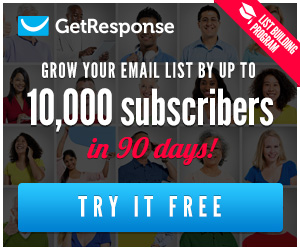How to Successfully Split and Test a Marketing Campaign
As you begin to learn more about advertising methods like email marketing, you’re undoubtedly going to run across some terms you don’t quite understand. A/B testing, or split testing, for example, is a confusing concept for most newcomers to the field. However, it’s not only very easy to explain, but also very easy to pull off correctly. Just follow a few simple principles and you can create effective emails.
The idea behind splitting is that you want to test two different sets of parameters, honing them individually until you find one email that works well for you. Naturally, you want to keep a close eye on your variations. So try to only change one aspect of each email as you’re testing it in your control. By keeping your changes small, you will be able to easily track which of your changes ended up making a difference.
Your subset, or your test or control group, is comprised of the contacts you have chosen to send your different messages to. Of course, you want to keep them separated, hence the “A/B,” but you also need to ensure that the groups are large enough to give you an accurate picture of what you’re doing. Aiming for around 20 to 30 people in each subset is a good approach to start with. This should give you a good reading.
What exactly are you going to test in your A/B variant? Well, you could go with something like HTML vs. purely text-based emails. You could try something as simple as images vs. no images. Although you want to only make one change at a time, that change can still be fairly large. You can even test the lengths of your messages, with message A containing a short paragraph and a call to action and message B containing more information about the product itself.
One of the most common things to test in a split campaign is the actual subject line. This is the first thing people are seeing when they receive your email. If you don’t have a winning subject line, you’re not going to have a successful campaign. So not only should you test your subject lines, but you should test them often. You can keep the message the same inside if you’re successful, but you can also look for a more successful subject line.
You don’t have to keep your tests specific to the messages themselves. You can actually move out and begin to test different markets. For example, your A/B testing could keep both messages the same, just aimed at different sub-niches within the same general market. This may be viable if, for instance, you’re selling something like health supplements. You can target weightlifters and people with weight-loss goals with the same product and same message.
A/B testing is a staple of effective email marketing, and without it you’re basically just guessing on how to market at the expense of your entire campaign. You need the control; you need the test feedback. Use the information above to help with your testing methods.




